Tech or teamwork? Discover how smart POS choices can streamline restaurant operations
Learn moreTrack your profits to grow your business. This customizable free template makes it easy to analyze your restaurant's financial performance.





Streamline orders from diners, online orders, self-serve kiosk systems to kitchen without missing an order. Give your FOH staff an easy-to-use POS system and process orders quickly and efficiently.
Give your customers the best service from order to pay. We provide secure payment options through cards, QR codes, and links. Our cash management system reduces the risk of theft or errors in cash handling.
Access reports for sales, products, inventory and employee performance across multiple stores on one dashboard. Accelerate growth by easily identifying what needs to be fixed.
Easily control inventory, out of stock updates, and menu pricing, image and description changes for multiple restaurants including online store on a single admin dashboard.
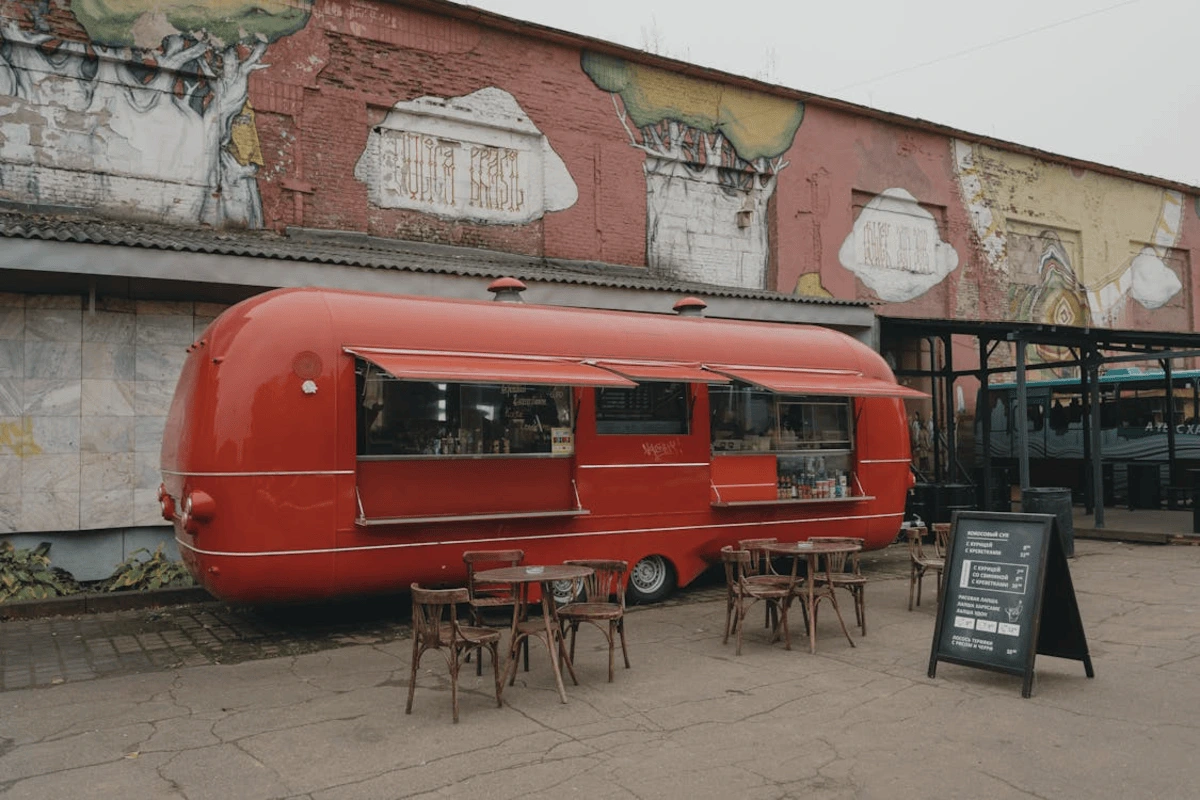

Ever wondered why some cities are booming with bustling food trucks while others barely have any?
If you’ve strolled through Portland or Denver, you’ve likely seen a line of food trucks serving gourmet tacos, Korean BBQ, or artisan coffee. But try doing the same in Boston or San Francisco, and you’ll quickly realize it’s not that simple.
So what’s driving this difference?
The Food Truck Nation Index is a data-driven measure that ranks U.S. cities on how easy or hard it is to start and run a food truck. Created by the U.S. Chamber of Commerce Foundation in partnership with NDP Analytics, this index gets deep into the rules, red tape, and real-world challenges that mobile food entrepreneurs face.
In this blog, we’ll break down what exactly the Food Truck Nation Index is and how it’s calculated. We'll also find out what the rankings reveal about doing business from a truck. Let's get started!
You may find the modern food truck wave trendy and new. But do you know that mobile food vending in America actually dates back centuries? Think chuckwagons in the Wild West or hot dog carts on busy city streets.
But the gourmet food truck boom, as you know it, really took off in the late 2000s.
Roy Choi’s iconic Kogi Korean BBQ truck in Los Angeles used social media to draw crowds to fresh, fusion-style tacos. Kogi’s runaway success inspired thousands of entrepreneurs to start food trucks. That was the spark!
Fast forward to 2018: recognizing how popular and impactful this industry had become, the U.S. Chamber Foundation launched the Food Truck Nation report. The goal = spotlighting the local rules and policies that either help or hinder food truck businesses.
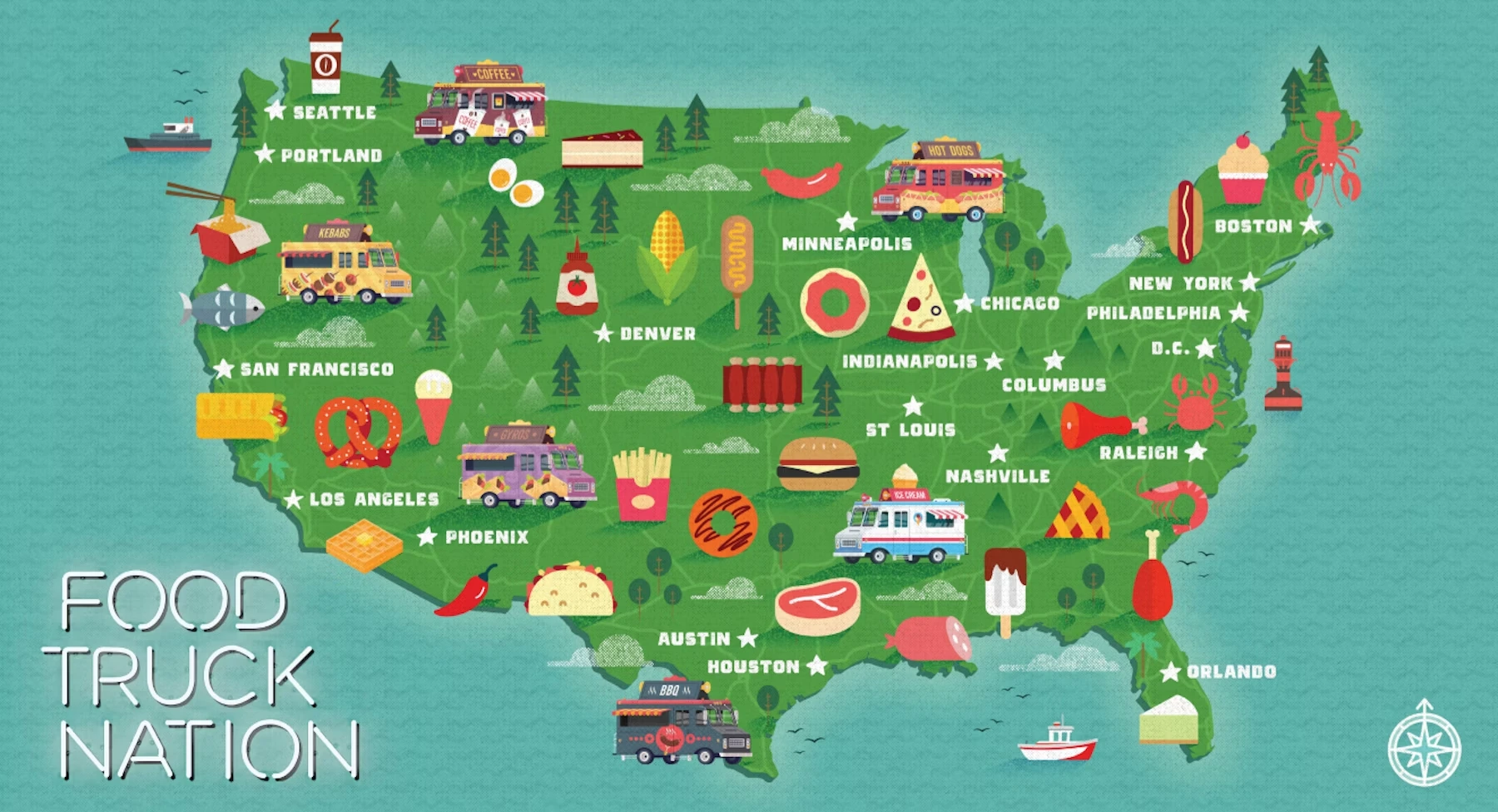
The Food Truck Nation Index is a comprehensive scorecard that ranks 20 major U.S. cities on how friendly or unfriendly they are to food trucks.
This list is based on real numbers. After all, it measures the hidden costs and complex regulatory journey food truck owners must go through, from licensing and permits to how far they must park from brick-and-mortar restaurants. Relying on POS reports instead of guesswork helps truck owners plan for hidden city costs.
In short, the Index shows how much:
… it takes to open and operate a food truck in each city.
It was designed to:
Simply put, the Food Truck Index is a simple, relatable way to understand “how much friction your local government adds to your entrepreneurial dreams.”
Building this index pulls together hundreds of data points from city laws, health codes, permit requirements, fees, and even real-world interviews with vendors.
Here’s how it works:
The U.S. Chamber Foundation and NDP Analytics divided the regulatory burdens into three core areas:
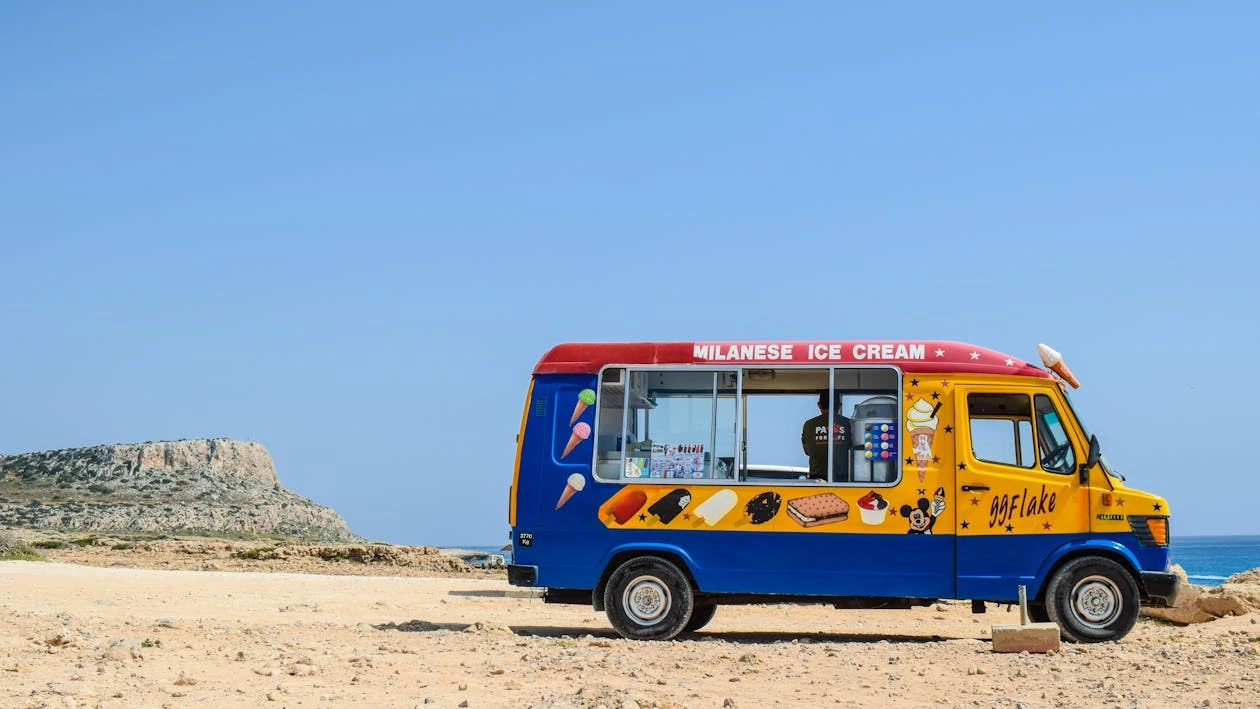
How difficult is it to launch a food truck? This looks at:
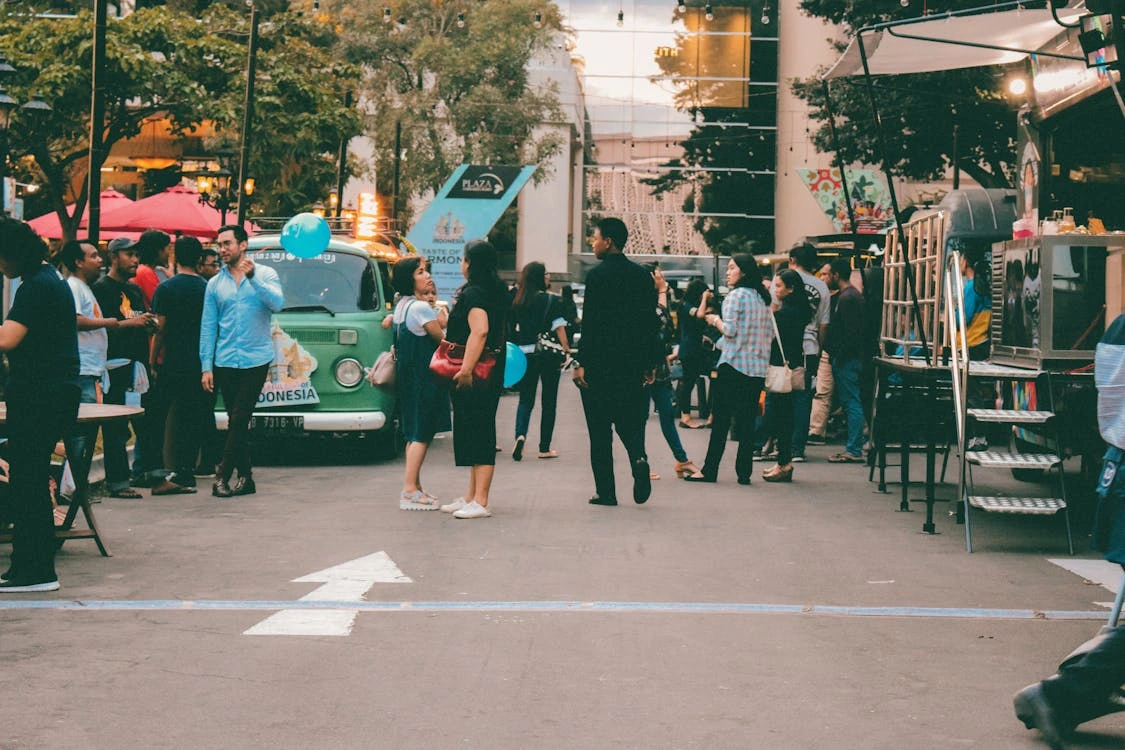
Once you’re on the road, what rules control where and when you can sell? Cities often limit:
These location and operation restrictions have a big impact on making a profitable kitchen. In competitive cities, some trucks use dynamic pricing to balance demand and operating limits.
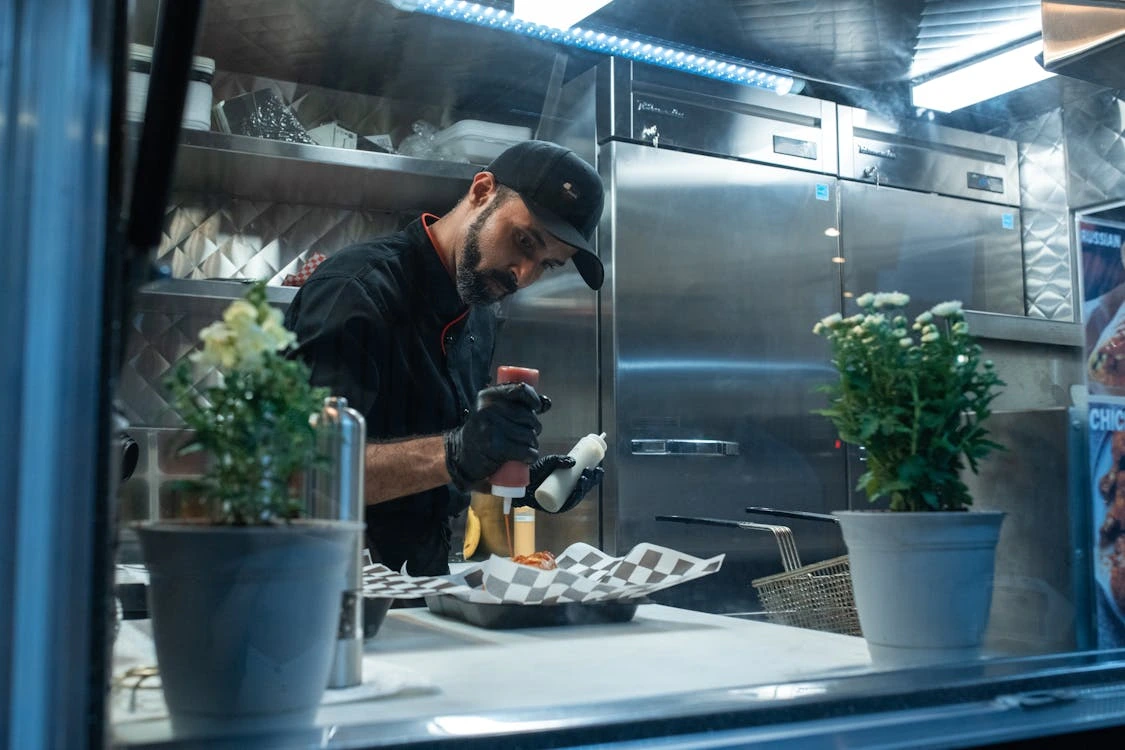
What does it cost each year to stay compliant? This includes:

The researchers built a model truck:
Then, they calculated what it would take to run this model truck in each city:
This method ensured the theoretical comparison was grounded in what a real food truck would face.
Each city got a score for each category:
Then, they combined these into an overall Food Truck Friendliness Score for each city.
A higher score means a friendlier city. A lower score? You’ll be dealing with more hurdles.
The findings are eye-opening. According to the Food Truck Nation report, the average food truck must complete 45 separate government procedures, takes about 37 business days to get running, and spends roughly $28,276 annually just to stay compliant. Getting your cash flow right is critical when so much money goes toward permits and renewals.
There’s huge variation city to city. Some places are genuinely welcoming to food trucks. But others make it feel almost impossible.
Take Boston, for example. A vendor there must go through over many steps and pay nearly $38,000 per year in compliance costs. But if you compare that to Denver, you'll come to know that it’s way fewer steps and much lower fees.
With so much red tape to tackle, using the best food truck POS system can make day-to-day operations smoother and save precious time. Even in cities with hurdles, smart owners turn downtime into growth time.
Many cities have outdated rules originally designed for pushcarts and sidewalk vendors. They don't suit modern food trucks with high-quality kitchens.
For example, some cities limit where food trucks can park. This forces them to stay a certain distance from brick-and-mortar restaurants. Some others cap how many vendors can operate in a neighborhood or impose burdensome parking time limits.
Absolutely. Here’s why:
The Food Truck Nation Index, created by the U.S. Chamber of Commerce Foundation and NDP Analytics, ranks U.S. cities on how easy or hard it is to open and run a food truck. It measures three big factors:
Researchers calculate scores using real data and a model truck’s expenses. The Index reveals huge differences: cities like Portland and Denver are food-truck friendly, while Boston and San Francisco pile on red tape.
So, the Food Truck Nation Index is a lens on how well cities support everyday entrepreneurs. It measures the friction. It encourages change. And it helps ensure that our streets stay lively, diverse, and delicious.
Whether you’re in a friendly or tough city, having a POS truck helps you serve customers quickly and manage costs better. Ready to see how it works for your truck? Book a OneHubPOS demo today!
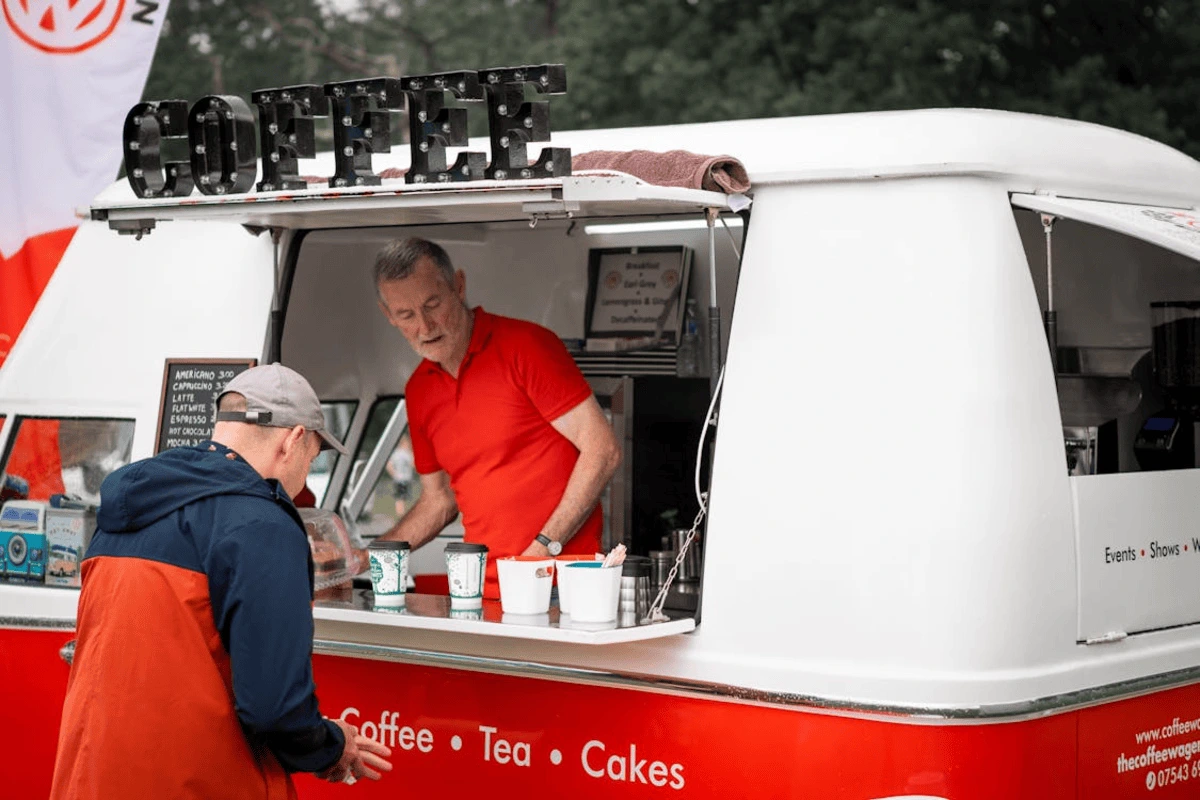

Biggest rule before you start a food truck business, you must know this fact: the city you choose is just as important as your recipes.
Pick a place with hungry crowds, food truck-friendly laws, and year-round foot traffic, and you’re set to thrive. Park in the wrong spot? You’ll be fighting for scraps and spending more time hunting for parking than making sales.
In this quick guide, you’ll get the Top 10 best US cities for food trucks. Let's go!
Ready to see where your wheels could take you? Let’s dig into the best cities, what makes each one promising, and what you need to be cautious about when you start a food truck business.
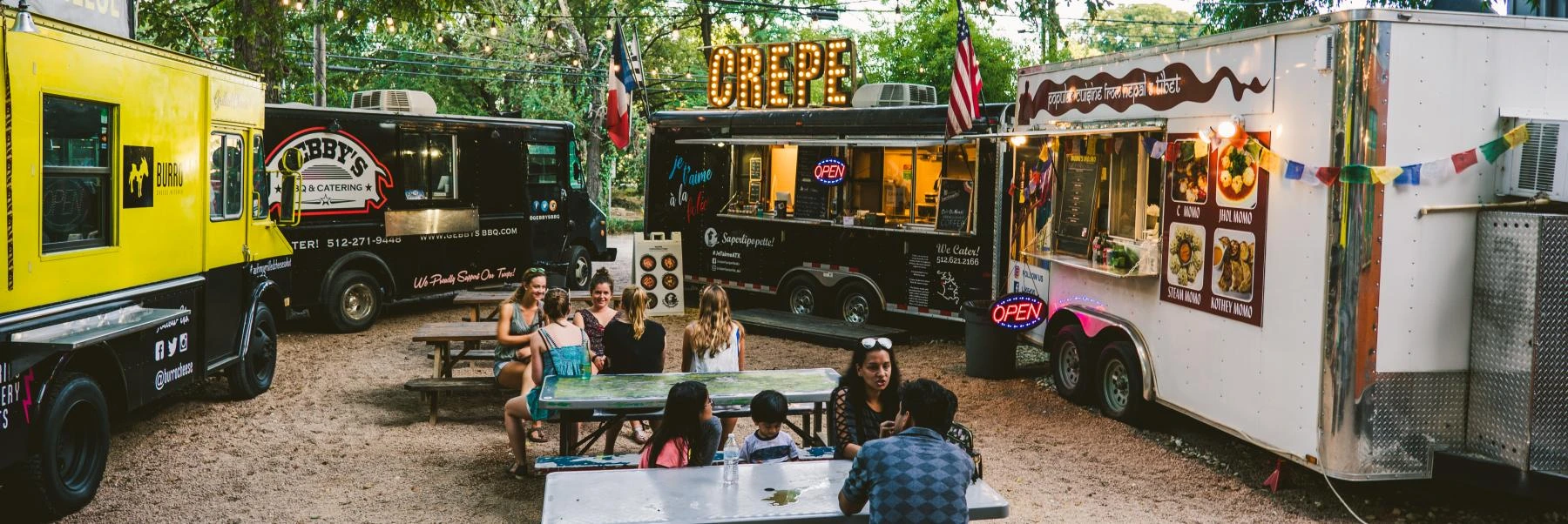
The Live Music Capital of the World isn’t just for guitar lovers.
Think SXSW crowds, ACL (Austin City Limits), and Pecan Street Festival. College students, hungry office workers, and festival-goers keep the lines steady. Legendary food truck spots like The Picnic, Rainey Street, and South Congress make it easier to find consistent foot traffic.
Pro-tip for POS owners: Use dynamic pricing to modulate pricings and offers–and earn more. mPOS or Kiosk would be a perfect addition to keep up with long lines and rush hours.
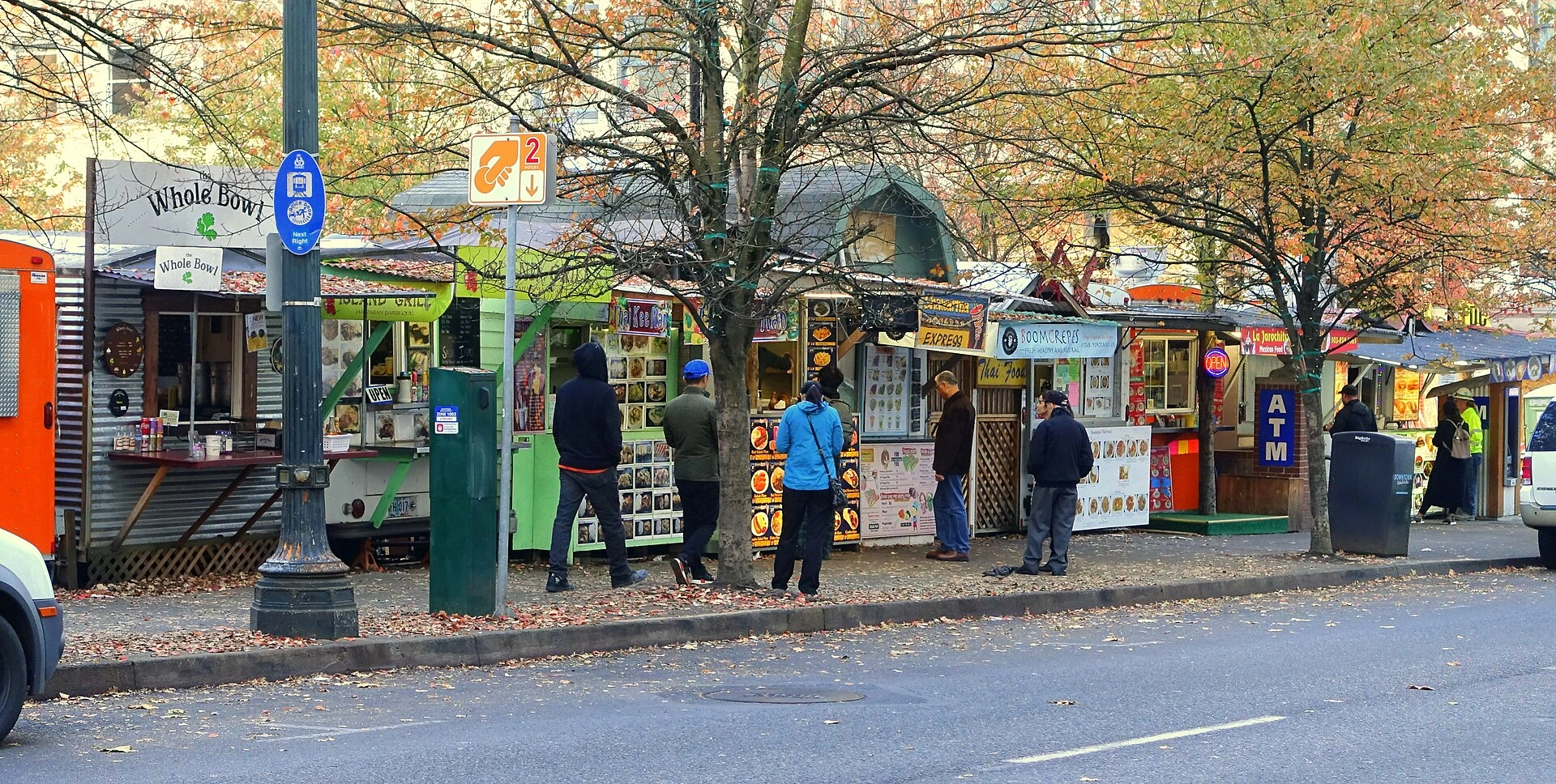
Check out food cart pods like Cartopia, Hawthorne Asylum, and the 5th Avenue Food Cart Pod–all magnets for the lunch crowd. Moreover, locals genuinely love supporting indie food businesses.
Just look at Lardo, Nong’s Khao Man Gai, and Kim Jong Grillin’. All started small and grew thanks to loyal neighborhood fans. Plus, your startup costs here can be lower than in giant cities like LA or NYC.
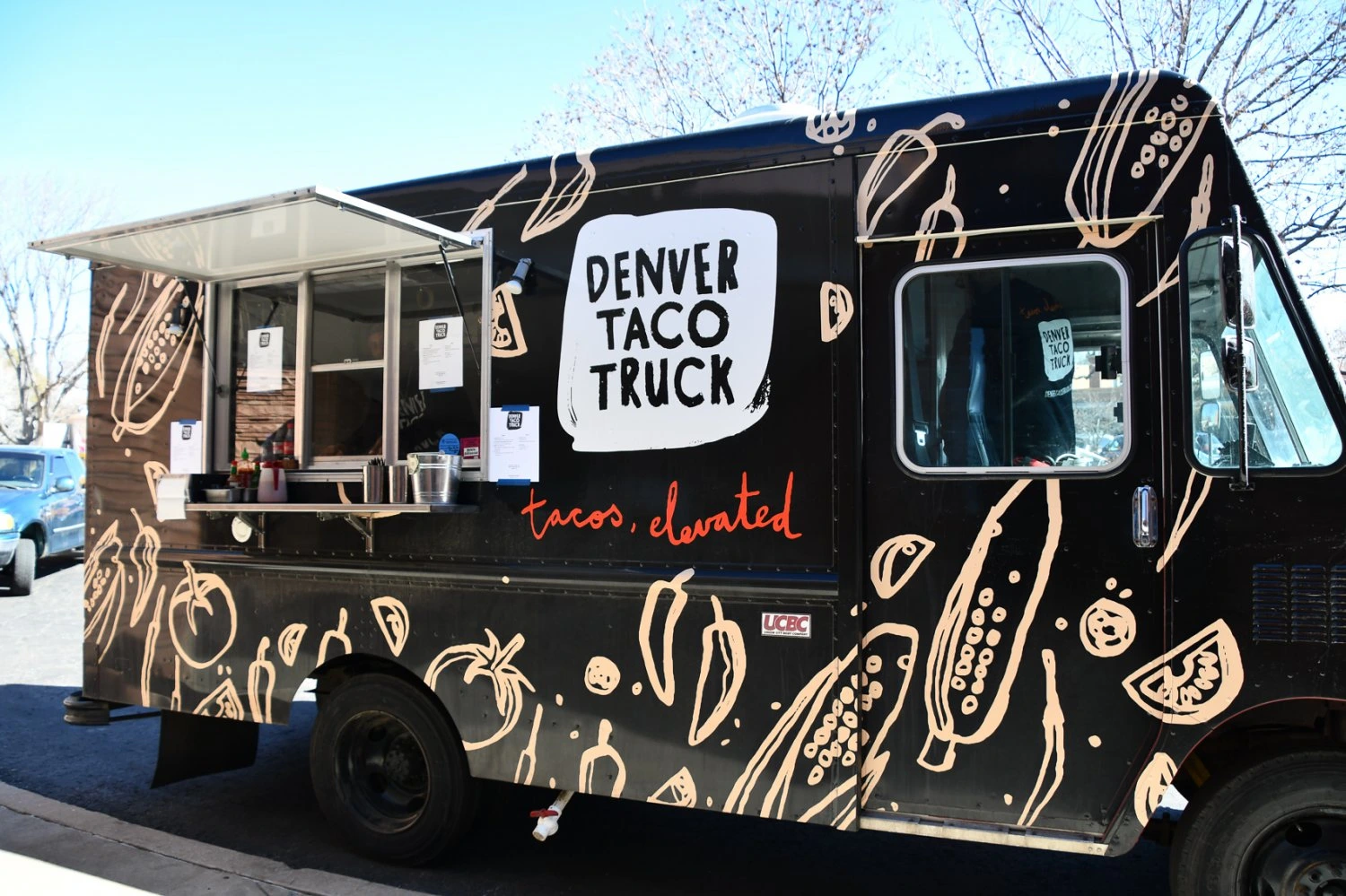
This craft beer capital has a booming brewery scene and young professional crowd. Breweries, summer fests like Denver Burger Battle, and markets like Denver Bazaar mean there’s always something happening outside. Young professionals and locals love eating outdoors. Perfect for your truck.
Pro-tip: Plan for snowy winters. You might need to pause or scale back. Since you'll be operating for a relatively limited time, offer a loyalty program through your food truck POS to bring back regulars, especially if you’re parked near breweries or office hubs.
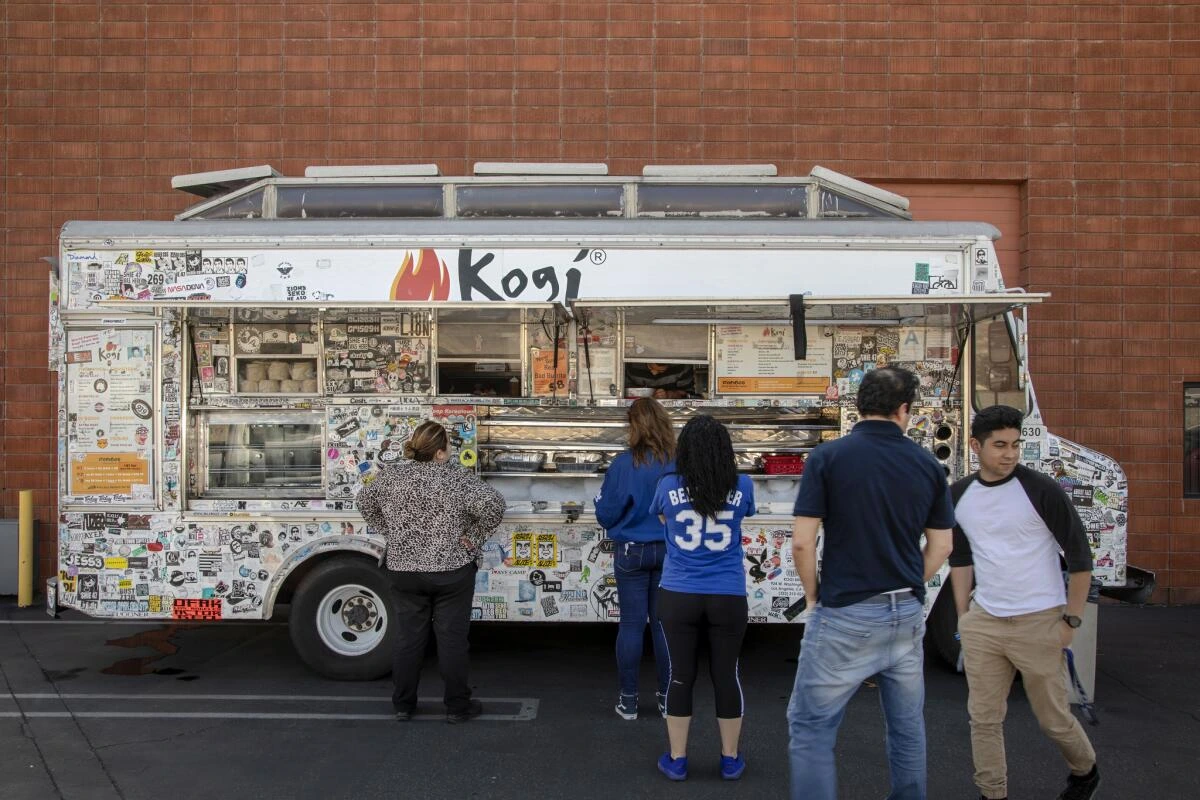
LA practically invented the modern food truck boom. Remember, Kogi BBQ?
A massive, diverse population plus film shoots and events like Downtown LA Art Walk and Venice First Fridays mean a big opportunity for bold, creative menus.
Having said that, competition is next-level here. Plus, parking can be a real headache thanks to strict street vending zones, limited curb space in busy areas like Silver Lake and Echo Park, and rules about staying a certain distance from brick-and-mortar restaurants. So, check the LA Street Vending Ordinance before you roll in.
Pro-tip: Use menu engineering and best-seller reports in your POS. They’ll help you stand out when ten taco trucks line the same block.
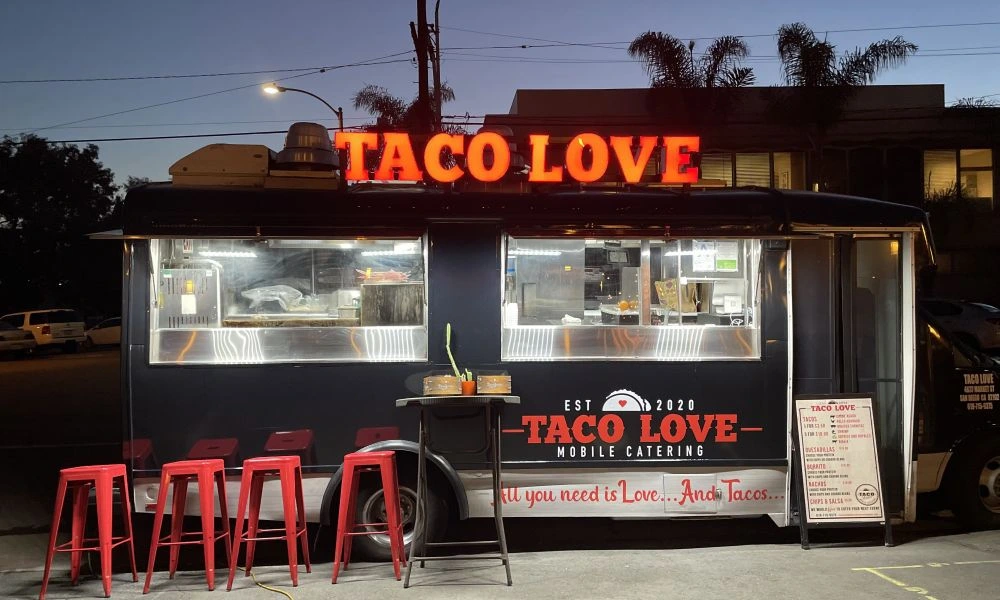
Year-round sunshine and a massive tourist scene make San Diego a coastal haven for food trucks. Beachgoers at spots like Pacific Beach, Mission Beach, and the Embarcadero Marina Park keep foot traffic steady, along with college students and busy downtown workers.
But scoring prime coastal spots like La Jolla Shores or Coronado Beach can be tough. Why? Because competition is high and some areas fall under California Coastal Commission rules, which often require special permits. So, research carefully and lock in your locations early to stay ahead.
Pro-tip: Contactless payments and mobile ordering are lifesavers here. No one wants to dig through beach bags or pull out a soggy wallet. Make it easy, and people will happily order that extra smoothie while they’re still lounging in the sun.
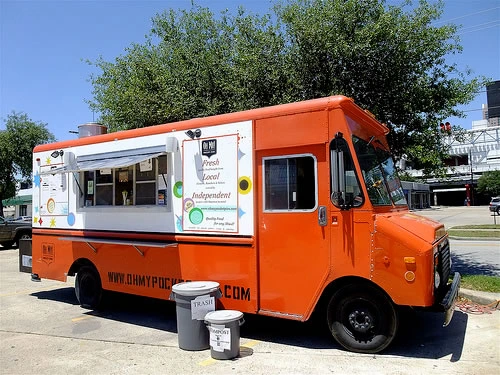
Music City is booming with tourists and has a great food truck scene, especially around outdoor concerts at places like Ascend Amphitheater, big downtown festivals, and events on Broadway or near Vanderbilt University.
Note that winters in Nashville can be chilly enough to keep people indoors. So, fewer crowds wandering up to your truck. Plus, the city’s buzz depends a lot on big concerts and festivals. So, some weekends will be packed. But others can feel slow if no shows are on.
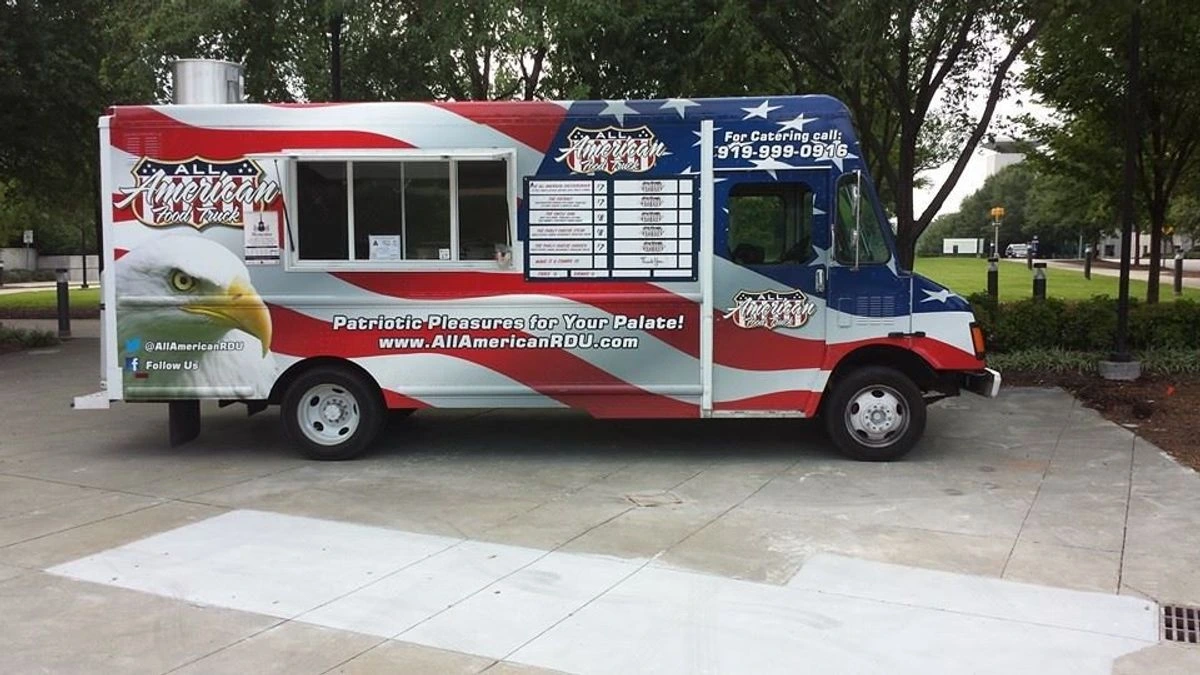
This booming region is home to big universities like Duke, UNC Chapel Hill, and NC State, plus tech hubs like Research Triangle Park, Red Hat, and IBM. So, a steady stream of hungry students and office workers!
The community even hosts regular Food Truck Rodeos. These are big events where dozens of trucks gather in places like Durham Central Park for crowds to sample them all in one spot.
But spots near popular campuses like Franklin Street in Chapel Hill, Hillsborough Street by NC State, or downtown Durham can get fiercely competitive. Plus, some neighborhoods have strict parking rules, so always double-check local ordinances before you start. Plus, some areas have parking restrictions you’ll want to check before committing.
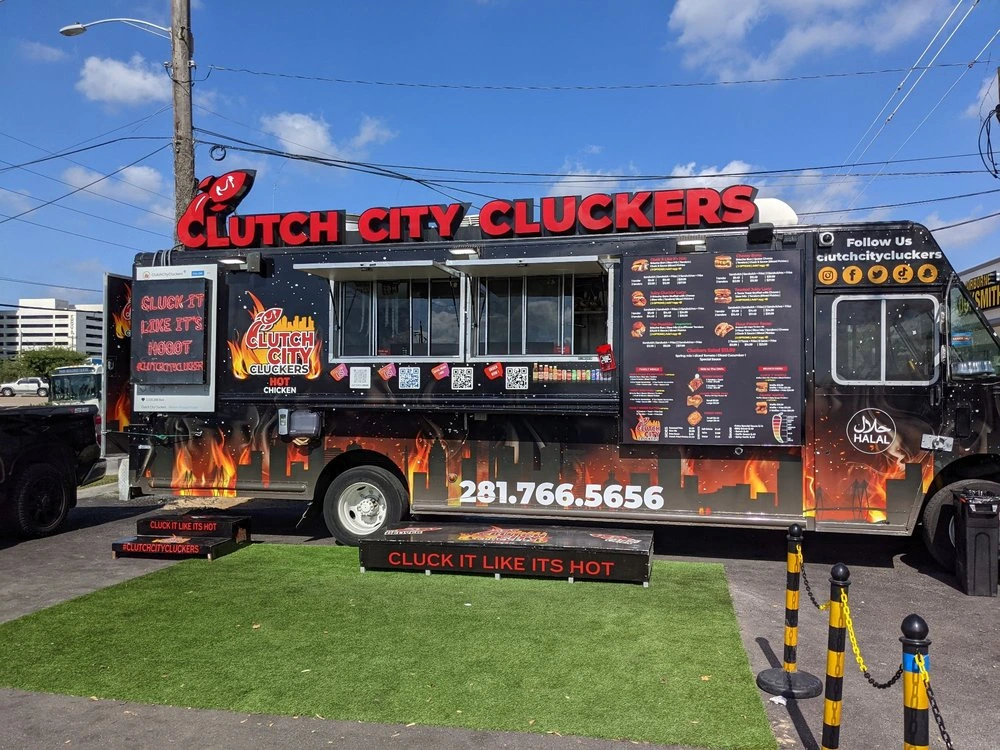
Houston’s population is huge and incredibly diverse. Doesn't this sound like a dream if you want to try unique global fusions? Of course, it does! The city’s brewery scene is also growing fast. Plus, big parking lots mean trucks can flourish if they build good partnerships.
Considering that Houston is sprawling, you may experience higher fuel costs and more time driving between prime spots. Without careful route planning, you could eat up your profits on gas alone.
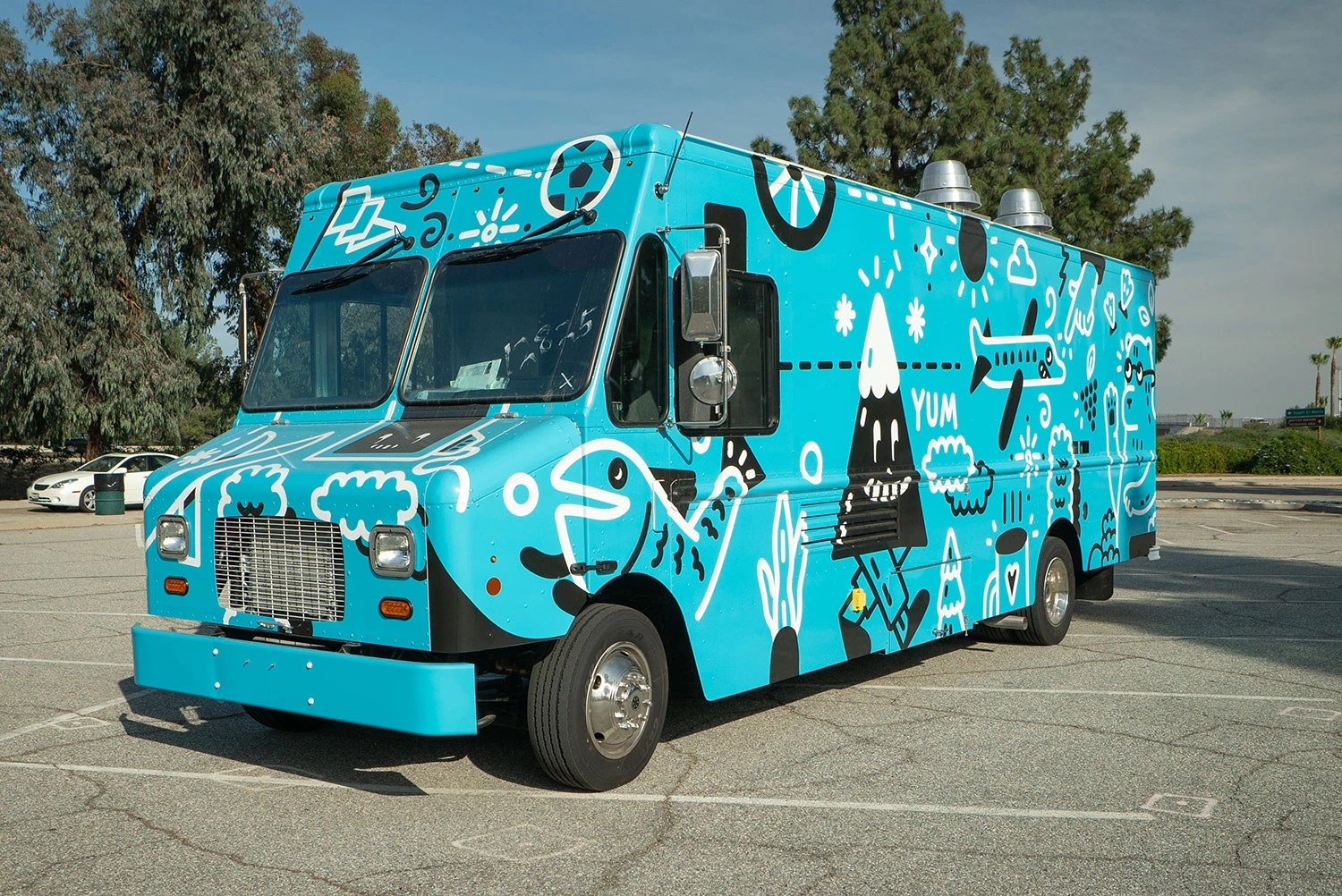
Tech companies, wealthy professionals, and an adventurous foodie scene make Seattle a strong contender for a truck with gourmet options. There’s also a growing event catering market here.
It’s no secret: it rains a lot! Be ready for seasonal dips and research which parking zones have the best foot traffic. Also, some areas are pretty restrictive about where trucks can park, so do your homework.
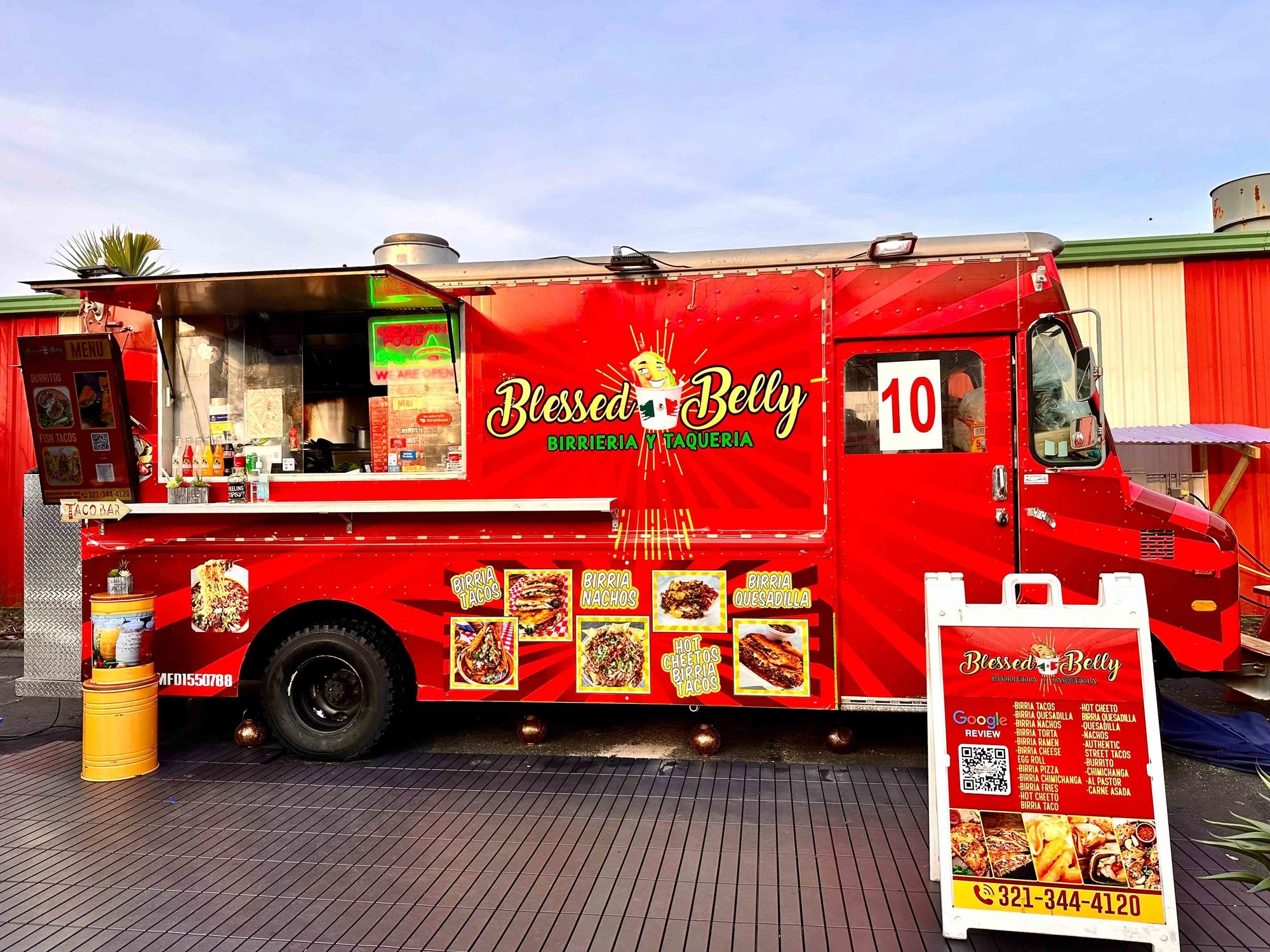
Home to theme parks, conventions, and massive tourist traffic, Orlando offers you a huge seasonal crowd hungry for fun food options. Plus, the weather is food-truck-friendly most of the year.
But you may not find one single “daily” spot that works year-round. Many trucks here rely on catering gigs and festivals to hit their numbers. So, choose a flexible POS that makes it easy to handle both event catering orders and your daily menu management.
Whether you’re parking under Austin’s festival lights or rolling up to a Seattle tech campus, the winning combo is simple: right city + smart operations = a food truck that flourishes. Be prepared - check out this article on weather condition and food truck sales by Food Truck Nation CEO, Nadeem Battla.
The best food truck POS systems make all the difference when you’re juggling orders, loyal customers, mobile payments, and surprise rush hours.
OneHubPOS is built to help you do everything, from menu engineering to dynamic pricing and contactless payments that keep your line moving fast.
Ready to serve more and earn more? Book a OneHubPOS demo today and let’s get your food truck running profitably, wherever you park!


You’ve already poured your money, time, and probably your life savings into making your restaurant real. The last thing you want is to watch it all get eaten up by fines, surprise audits, or penalties… just because you didn’t set up your restaurant sales tax correctly.
Not to mention the trust you could lose if your customers spot mistakes on their checks.
In this blog, we’ll explore how to set up different sales taxes for your restaurants across the country—and manage them easily on a single cloud dashboard.

Restaurant sales tax is a small percentage your restaurant charges your customers on top of the cost of their meal when they order and pay. But you don’t keep this money. Every month or quarter, depending on where you are, you hand it over to the tax authorities.
But what if you go wrong with restaurant sales tax and don’t collect enough? Sadly, you’ll still owe the difference. Out of your pocket. Therefore, guessing isn’t an option if you want to stay compliant and keep your restaurant profitable.
So, is there sales tax on restaurant food in the U.S.? Well… yes. In restaurants, you almost always have to charge sales tax on food and drinks. Some states have different rules for alcohol or catering. But in most cases, if you’re handing someone prepared food, you’re collecting tax.
Sounds simple, right? Well… sort of. However, the real difficulty is how wildly the rates can change depending on where you operate. Unlike other countries with a single VAT or GST, the U.S. has no federal sales tax. Instead, the sales tax rate varies with the place. So, this difficulty becomes a pain point when you're not using a reliable POS system.
So when you open your café, diner, or burger joint, you can’t just Google “average sales tax” and put it on your receipts. You have to know your exact state rate, plus any local or special meal taxes that apply to you.
Miss it, and you could undercharge and owe thousands later or overcharge and end up refunding frustrated customers!
Here are some examples to understand how sales tax works in the U.S.:
Oregon, Montana, and New Hampshire don’t collect statewide sales tax at all. But local options can still pop up. For example, parts of Montana have local “resort” or “tourist” taxes up to 3%–5% on prepared food.
New Hampshire doesn’t have a general sales tax. But it does have a 9% Meals and Rentals Tax on restaurants, hotels, and catering.
In Virginia, the base state sales tax is about 4.3%. But cities can add a hefty meals tax, sometimes up to 7%. In Richmond, for example, the combined tax for restaurant meals can reach 11.5%.
In Rhode Island, the base sales tax is 7%. All restaurant meals and beverages carry an additional 1% local meals and beverage tax. That makes your total restaurant tax 8%.
The state tax in Illinois is 6.25% on general goods. But food and drinks for immediate consumption are taxed higher. Plus, cities like Chicago add on a local restaurant tax. The result? A Chicago restaurant often collects around 10.75%–11.75%.
New York City’s base sales tax is 4%. But it adds a local rate plus a Metropolitan Commuter Transportation District (MCTD) surcharge. So, a NYC café or bistro usually collects around 8.875% total.
When your restaurant sales tax rates change, your restaurant POS has to be flexible. You should be able to add, edit, or remove tax rates in seconds. No spreadsheet hacks. No manual calculators. The clean, clear tax settings should match your city’s rules so that you don’t wake up to an audit letter down the road.
OneHubPOS makes this part easy: it lets you stack state and local taxes, label them clearly, and tweak them. The whole process is quick, clear, and designed for non-techy folks.
Here’s exactly what you do:

Log in to OneHubPOS using your credentials: your username and password. Once you’re in, you’ll see your dashboard, with various types of quick reports and graphs. This is your command center for… well, everything from sales to staff. All in one spot.


If you're managing multiple restaurants from a single dashboard of your QSR POS, go to the topmost drop-down icon slightly to the left and click it. You'll see a menu with the names of the places you're managing. Click on the restaurant for which you want to set up the sales tax.
However, if you're not running many places or if your desired location is already chosen, no need to go through this step.

Click on the three-line icon to the left. You’ll see a menu with options like Dashboard, Reports, Employees, Menu, and Product Setup. Go all the way down. You’ll see Settings at the bottom. Click that. It’s where you manage restaurant tax rates, discounts, role-based access, and many more aspects of restaurant operations.

Inside your Settings, you'll see sections like Discount, Taxes, Modifiers, Tippings, Terminal, and so on. Click on Taxes to view your existing restaurant tax rates. If you’re just getting started, this list may be empty.
This is where you get to choose what you need to do:

Always double-check your entered restaurant sales tax rate. So, in case you've entered incorrect rates or if tax laws change, update your POS immediately. It’s way cheaper than paying back taxes + penalties later.

Maybe your area drops a local meals tax or some other tax.


Pro-tip: Don’t lump every sale into the same tax bucket. Make special tax categories in your POS, especially if your menu includes taxable and non-taxable items. For example, some states tax catering or alcohol differently.
So what actually happens at the counter once you’ve set up your sales tax? Here’s how it flows:
Ignoring tax paperwork is how a small mistake turns into a big, expensive problem. But now, you know:
So, restaurant sales tax isn’t scary when you’ve got the right system watching your back. OneHubPOS keeps it simple—with a clean dashboard, intuitive settings, and fast updates when your local tax rules change.
Ready to make restaurant sales tax one less thing to worry about? Book your OneHubPOS demo today and see how OneHubPOS helps restaurants like yours stay compliant, confident, and just focused on great service.

1180 Iron Point Rd
Suite 145
Folsom, CA 95630